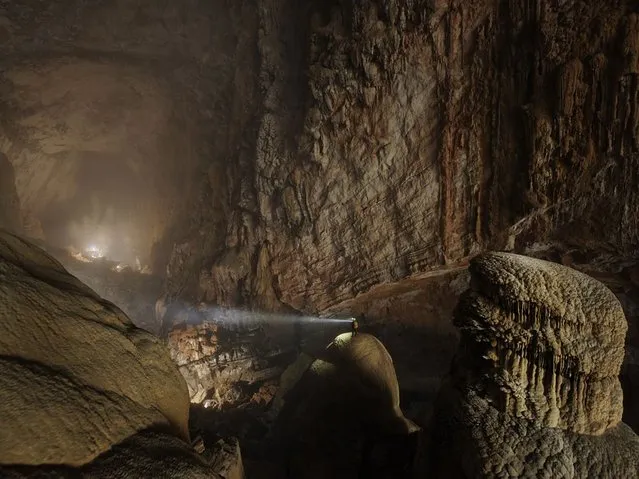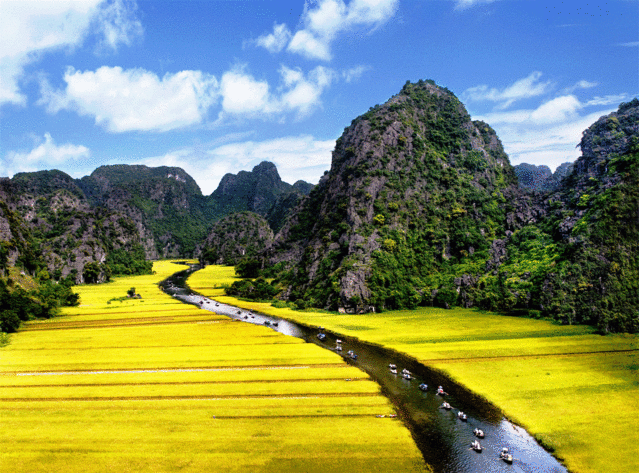
A boat commutes across the Mekong river in Phnom Penh on August 8, 2014. The Mekong is the world's twelth longest river running from the Tibetan Plateau through China's Yunnan province, Myanmar, Laos, Thailand, Cambodia and Vietnam. (Photo by Tang Chhin Sothy/AFP Photo)
09 Aug 2014 12:41:00,post received
0 comments







